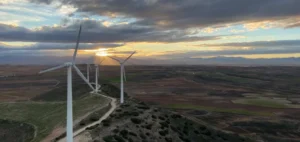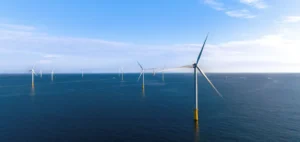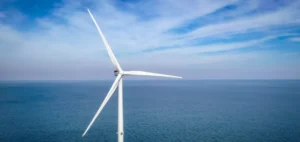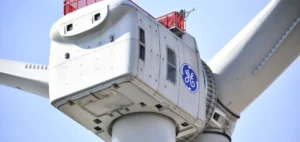RWE is testing innovative technologies to promote sustainability at a new wind farm in Spain. The country could take advantage of this to accelerate its energy transition.
A pilot project for RWE
RWE is testing two technologies at an onshore wind farm in Spain to reduce environmental impact. The objective is to reduce the environmental impact during the construction phase. The company also aims to reduce greenhouse gas emissions during operation.
RWE decides to invest in the Orkoien pilot project near Pamprelune in the north of the country. A 5.7 MW turbine is being built to gain experience with both technologies. Commissioning is expected to take place in the summer of 2023.
RWE uses special plastic mats for the first time in the construction phase. These mats, used in temporary work areas, help minimize the impact of construction on the ground. In addition, the carpets are, in part, made of recycled materials.
A promising technology
The second technology, used by RWE, aims to reduce greenhouse gas emissions during operation. In the medium voltage switchgear at the base of the turbine, the use of an insulating agent in the circuit breaker is necessary. It interrupts electrical currents by cooling and extinguishing the arc that occurs when a circuit is opened.
Usually RWE uses SF6 gas (sulfur hexafluoride). It is colorless, odorless, non-toxic, non-flammable and harmless to humans and animals. However, SF6 is a greenhouse gas that has an impact on the climate.
RWE is testing an alternative to SF6 that reduces greenhouse gas emissions to almost zero. This new technology relies 85% on dry air and 15% on C5 fluoroketones as an insulating agent. Thus, the company is also preparing for the SF6 ban announced by the European Union from 2031.
Spain, a growing market
As a world leader in renewable energy, RWE has experience in construction and operation in Spain. The company operates onshore wind farms with a total capacity of over 440 MW. Currently, the company is building the Rea project, its 17th wind farm in Spain.
The Rea project will have a capacity of 40.8 MW. Thus, this project, once operational, should provide clean electricity to about 30,000 homes. It is located in the northeast of the country, about 160 kilometers east of Zaragoza.
RWE also plans to connect two new solar parks with a total capacity of 88 MW to the grid this year. The company seeks to continue to develop renewable energy and reduce its environmental footprint. In addition, the company recently opened a branch office in Madrid, strengthening the Spanish team of about 50 employees.






















